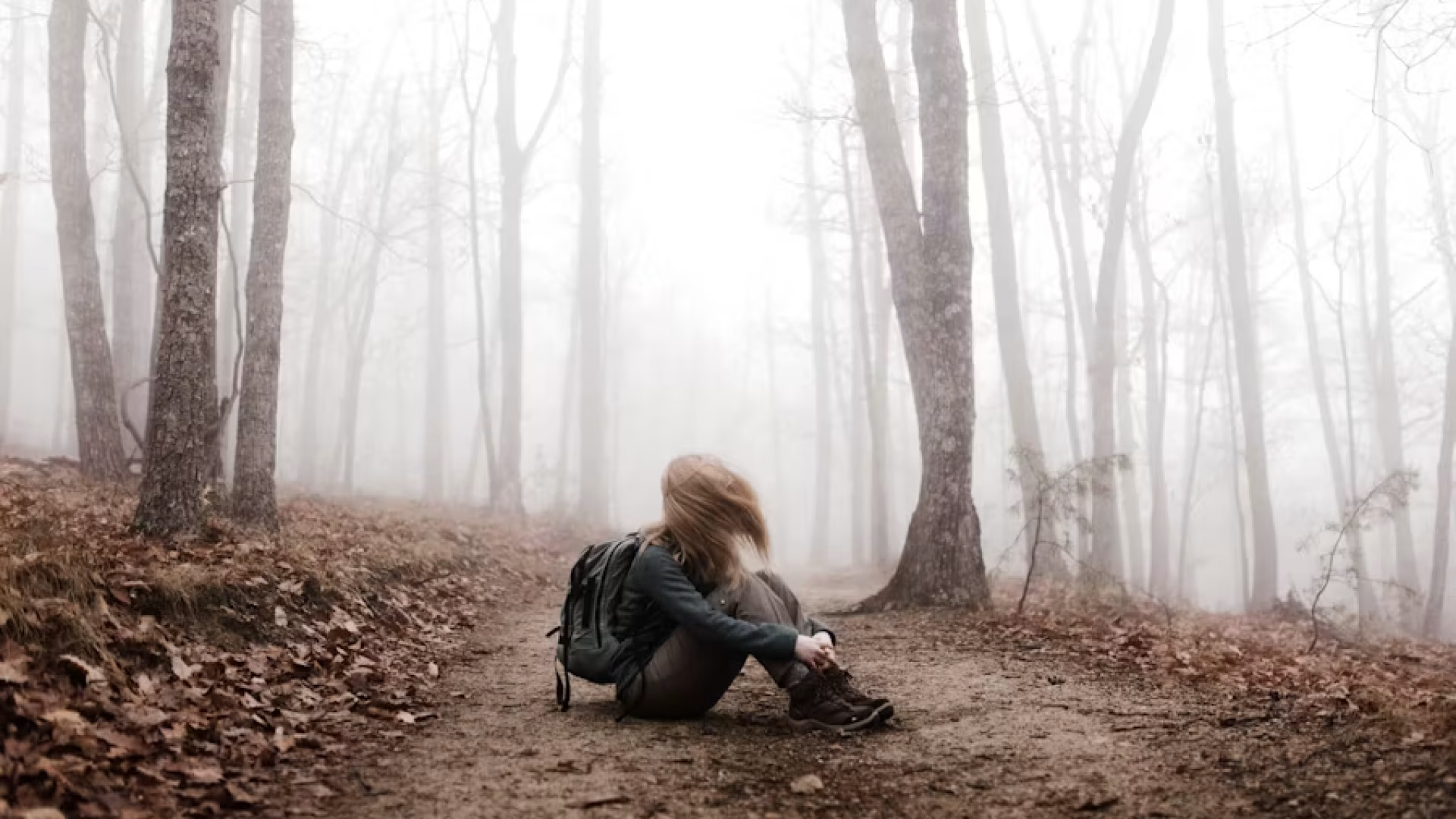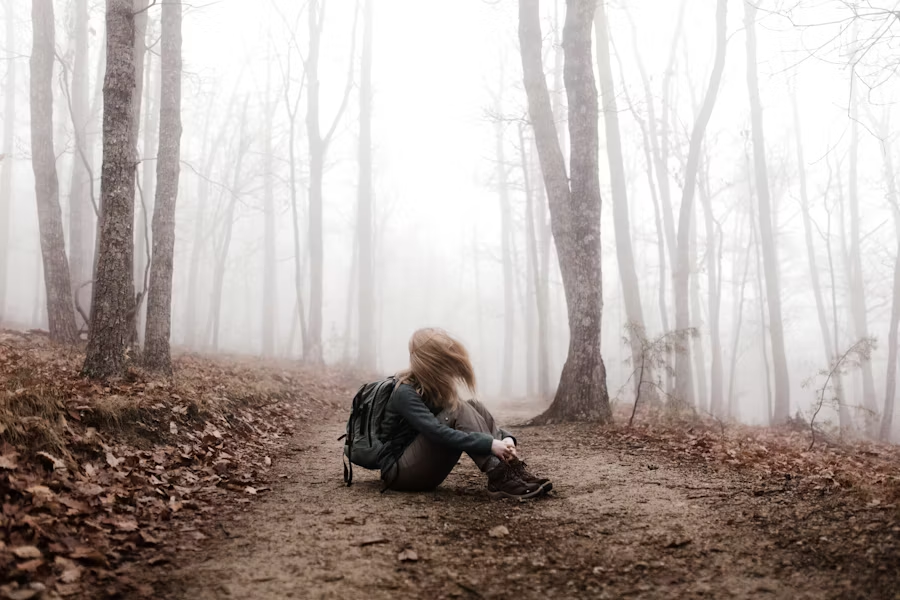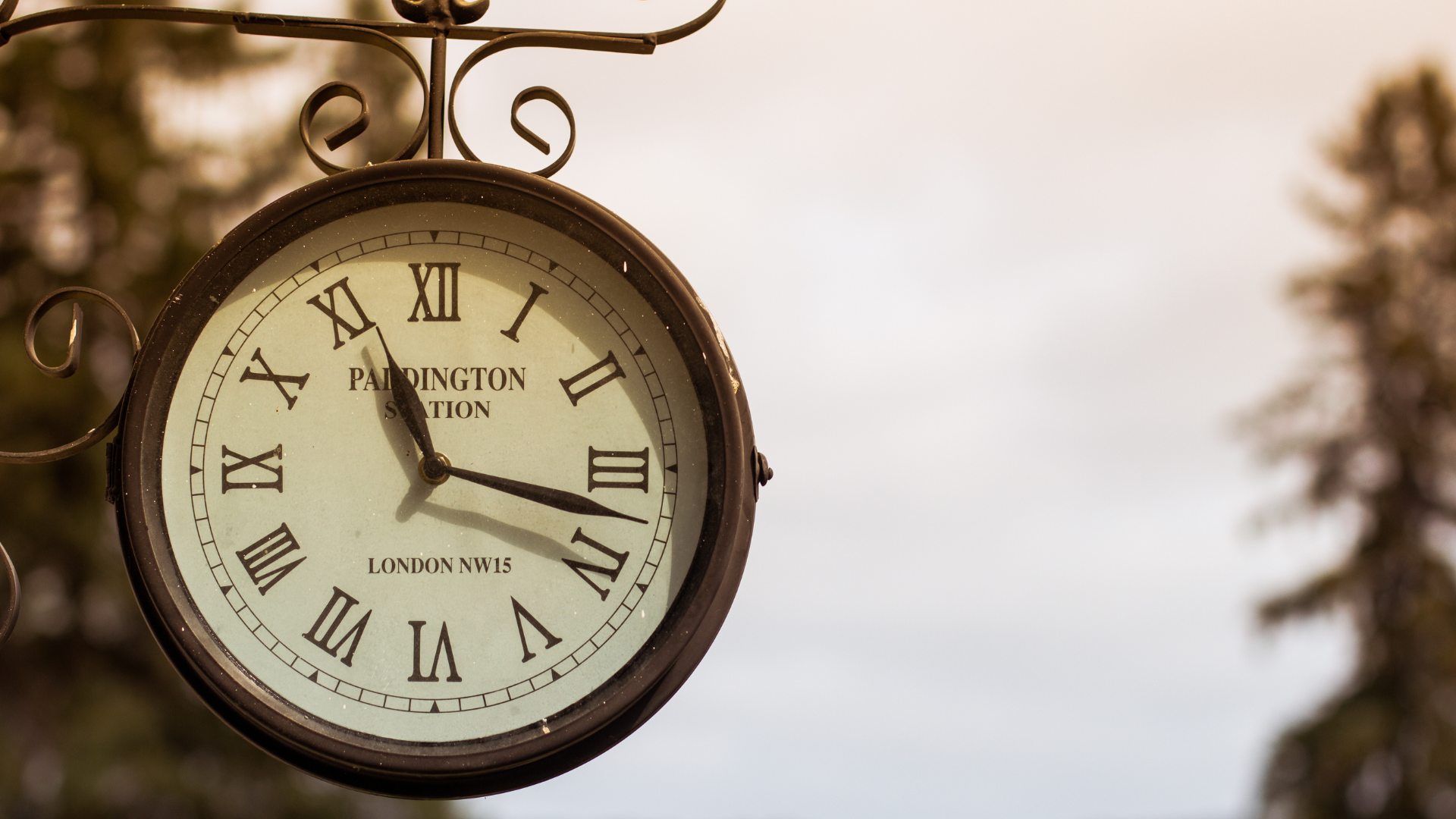“To arrive fully, we must first be willing to get lost.”
Arrival
Before each forest therapy walk, I arrive early. Not just to prepare the space or scout the area, but to actually arrive: into myself, into the forest, and into the quiet. I leave behind the noise of the morning, the calendar, the tension in my jaw I didn’t notice until now. I give myself time to shift, to soften, and to listen. This is the first threshold – the one no one else sees.
I arrive not just as a guide, but also as a participant. I’m not here to direct the forest or manage an outcome. I’m here to be in partnership with it. To stand at its edge and say, without words, “I’m ready to meet you.” That readiness isn’t about confidence or clarity. It’s about presence.
If there’s one word that captures the essence of guiding, it might be this: arrival. And yet, you don’t simply arrive by choosing to. You arrive by having journeyed.
The Journey
The way of the guide is not primarily a technical one. Yes, there are practices, frameworks, and forms. But those things are hollow without substance, and the substance comes from lived experience. Real experience. Inner experience.
Just as a river guide must have paddled the rapids, A forest therapy guide, in my opinion, must have moved through their own inner wilderness: questions without answers, working through grief or confusion, and maybe even despair. What we call authenticity, presence, or embodied wisdom doesn’t come from reading the right books or memorizing the right prompts. It comes from having been undone and finding a new way of being in the world.
The authority of a guide is quiet. It’s not about having the answers. It’s about having walked far enough into the unknown that you know how to hold space for someone else while they find their way. That kind of authority isn’t taught; it’s earned, slowly, on a path that no one else can walk for you.
The Beginning
There’s a story Alan Watts tells about a traveler who asks a local in the village of Tuttingham how to get to London. The local scratches his head and says, “Well, I wouldn’t start from here.”
But this is where we start: From exactly where we are, from imperfection, and from the ache of wanting to be somewhere else. The beginning of the guide’s journey is rarely glamorous. It often starts with the quiet realization that something isn’t working and that something deeper is calling.
We enter liminal space where the familiar falls away. It’s uncomfortable and lonely. All we have are a few signs, a bit of faith, and the choice to keep going. We walk into territory we don’t understand, not because we’re brave, but because something inside us insists we must.
The Middle
This is where it gets hard. The middle is not poetic. It’s disorienting. It’s where the path disappears and where the stories you once believed about yourself stop making sense. The forest mirrors your internal landscape—mysterious, shadowed, full of life you can’t quite locate. And still, you walk.
There are tests, and the thing about tests is they don’t go away if you avoid them. They circle back, again and again, until you turn toward them. This is the terrain of the dark night of the soul. Not in some dramatic or mystical sense, but in the slow unraveling of who you thought you were until you don’t really know who you are anymore.
To guide, you have likely been cracked open at least once. Maybe not shattered, but certainly softened. Because only in that place do you begin to see with new eyes – not the eyes of fear or control, but the eyes of presence.
The Arrival
Eventually, there’s a return, but you don’t come back the same. You’ve shed something; You’ve gained something else. maybe resilience, maybe tenderness, or something else altogether. You no longer need to prove anything. You just know. You’ve come into contact with your own depth, which becomes the ground you stand on.
Now, when you enter the forest, it meets you differently. You no longer try to shape it. You listen, you wait, and you open. You arrive not just in body but also in being.
This is what allows you to guide: not your training, not your words, but your presence that presence was cultivated through the journey. A journey that continues, again and again.
The Way Forward
A true guide doesn’t direct experience. They create space for it. They trust the forest. They trust the people. They trust that something meaningful will emerge…not because they control it, but because they’ve learned to step aside. That, in many ways, is the hardest part.
To guide is to return, again and again, to your own practice. To meet yourself at the threshold. To remember that presence is not a performance. It is a way of being, and the forest always knows the difference.





